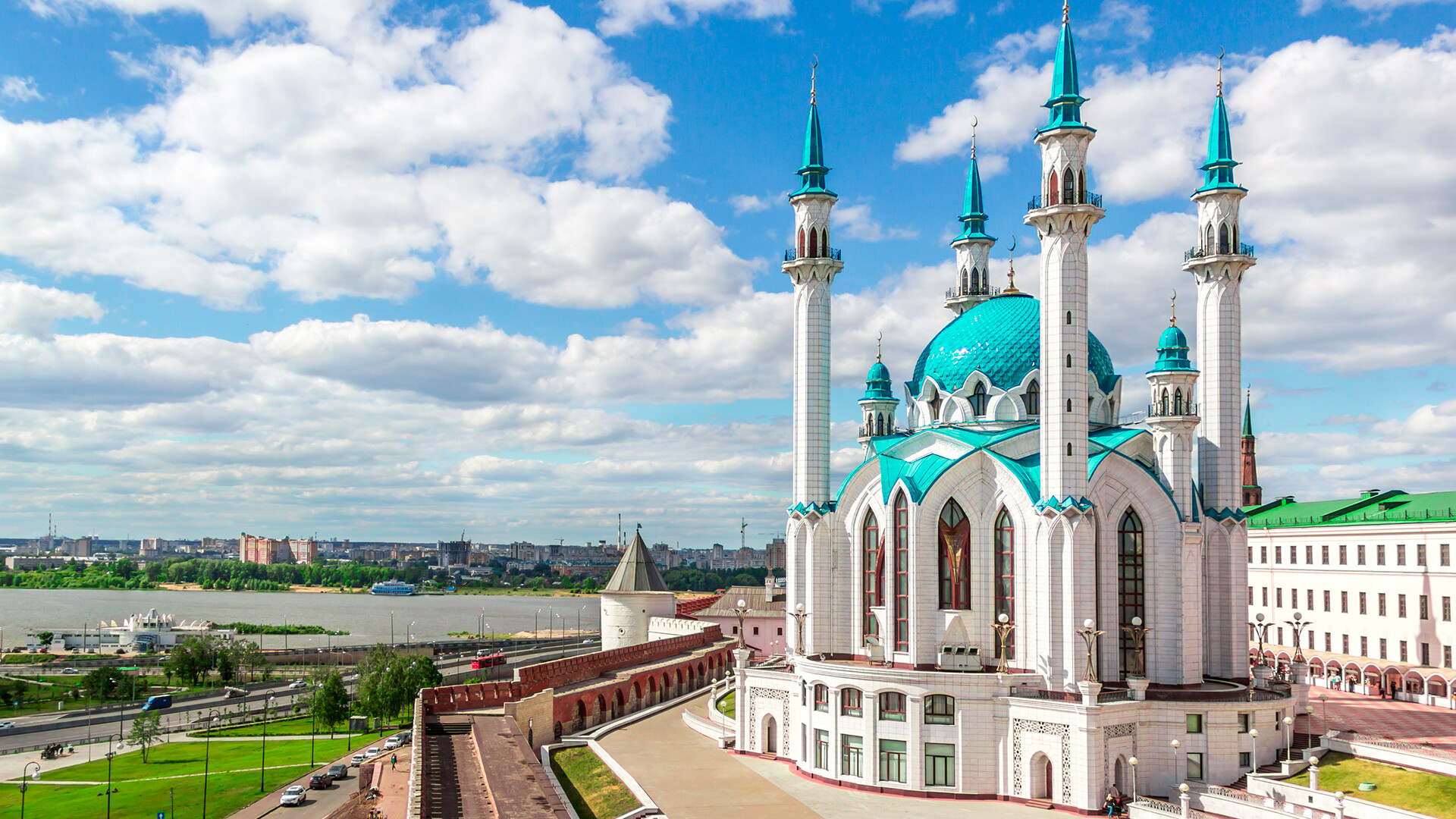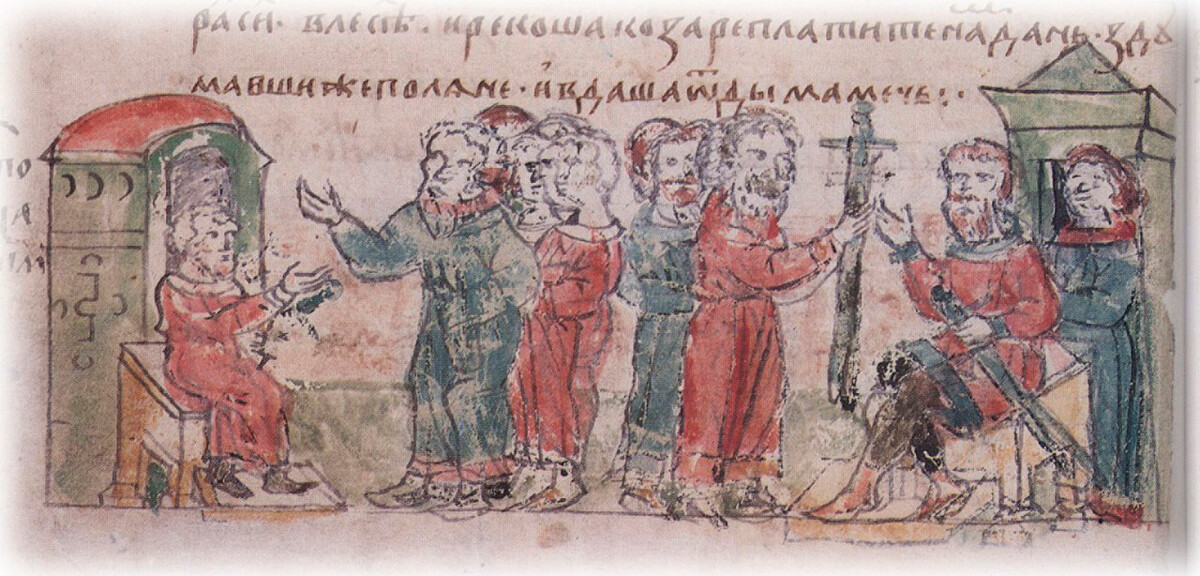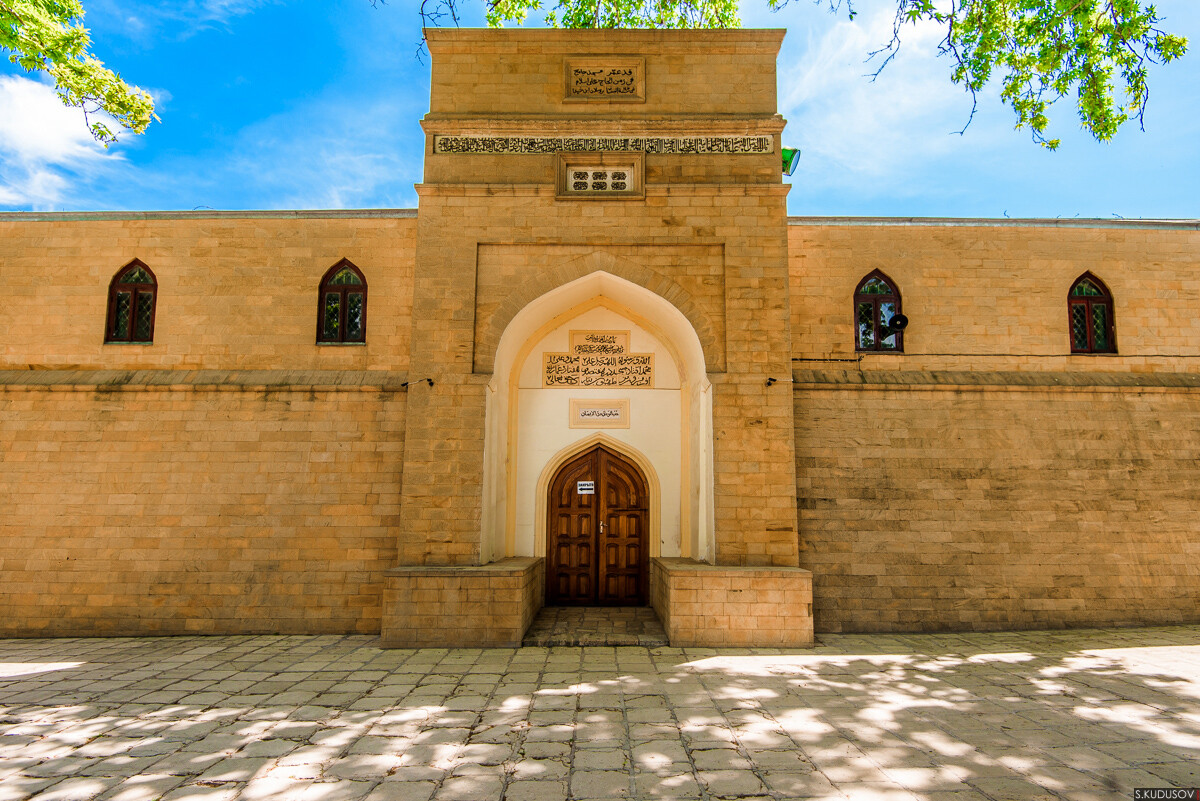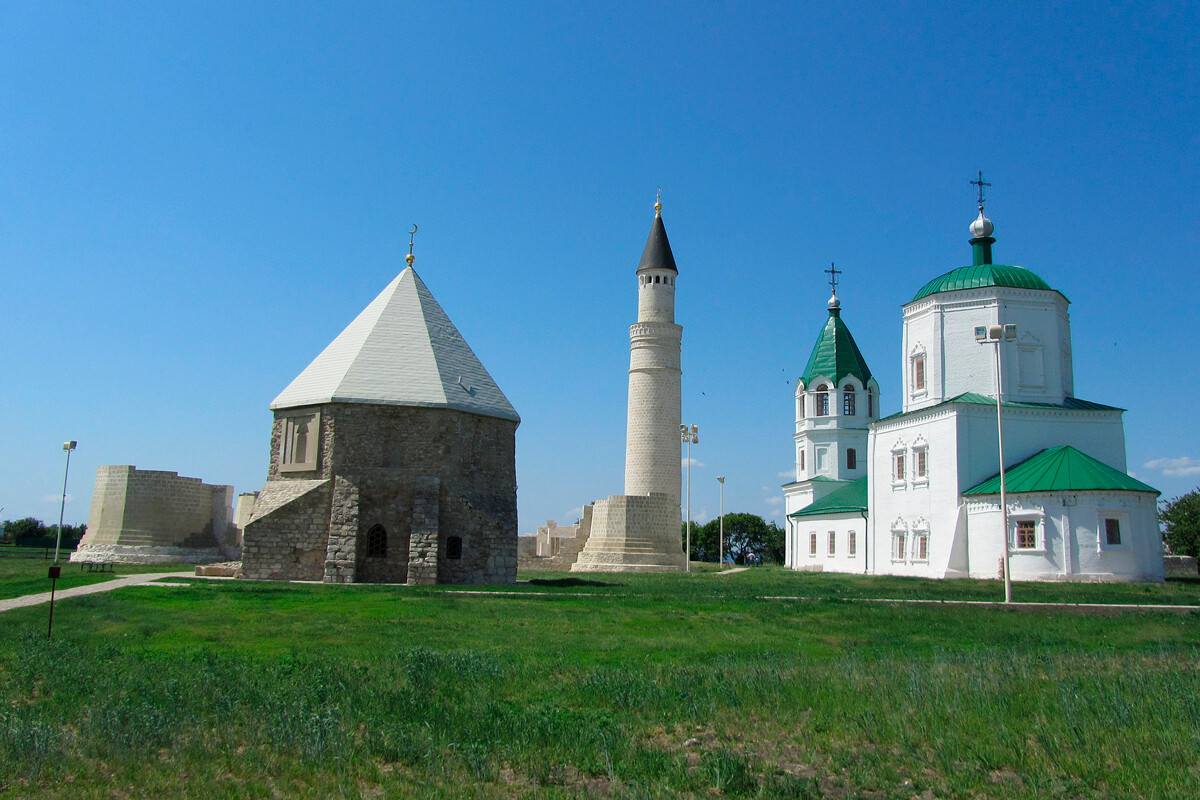
Today, Islam is the second most widespread religion in Russia. It is practiced by about 20 million people living in the Volga Region, the Urals, the North Caucasus and Siberia. When and how did the Muslim faith come to the country?
In the seventh century, Arabs began a large-scale conquest of the Middle East and North Africa, bringing Allah’s word to the conquered peoples. Through their efforts, Islam also made its way through the Caucasus Mountains to the Eastern European Plain, where the European part of the Russian Federation is situated today and where numerous pagan Slavic, Finno-Ugric and Turkic-speaking tribes lived at that time.

Khazars collect tribute from the Slavic tribe of Polans.
The Radziwiłł Letopis (Chronicle)In the year 643, Arab armies captured the Persian fortress city of Derbent on the coast of the Caspian Sea (presently located in the Russian Republic of Dagestan) and renamed it Bab al-Abvab. The city became the most important stronghold of the Arabs in the Caucasus region and a distribution hub of the Muslim faith.
The Arab advance through the Caucasus mountains, however, met stubborn resistance from the Turkic-speaking Khazars (now a vanished nomadic community). They managed to create a huge powerful state - the Khazar Khaganate, which included a part of the territories of modern Russia, Ukraine and Kazakhstan. At that time, many tribal unions of the Eastern Slavs were politically dependent on the Khazar rulers.
The Arab-Khazar conflict lasted for almost a century and a half with varying success. In 737, the Arab army inflicted a heavy defeat on the Khazars, went deep into their lands and reached the banks of the Don River. Kagan was forced to formally obey the Caliphate and, in the tenth century, the Khazars began to rapidly lose their power under the blows of another powerful enemy. By this time, the first centralized ancient Russian state, known today as Kievan Rus’, became a strong force.
On the ruins of the Khazar Kaganate, the first Muslim state in Eastern Europe appeared - the Volga Bulgaria. The Volga Bulgaria, formed by the united Turkic-speaking Bulgarian tribes, was located on the territory of the modern Russian Republic of Tatarstan. It was there that Islam settled for good.

Juma Mosque of Derbent.
Sulim Kudusov (CC BY-SA 3.0)In 921, ambassadors from Almush, the yiltivar (ruler) of Volga Bulgaria, came to the court of the Baghdad Caliph Jaffar al-Muqtadir with a request to send him preachers to spread the faith, as well as mosque constructors. The Caliph, who got a chance to expand his influence, did not hesitate for a minute.
As a result, Volga Bulgaria became the biggest Muslim center in Eastern Europe. Mosques, schools and libraries actively began to appear and the Arabic script was spreading, along with the works of leading Arab scholars and Islamic theologians.
The Bulgars were one of the main rivals of Russia, but, at the same time, they introduced the Slavs to the world of the Arab East. Political, trade and cultural contacts were established. Prince Vladimir Sviatoslavich of Kyiv even considered the possibility of adopting Islam as the state religion.
In 986, Bulgarian ambassadors came to the prince, who intended to bring Rus’ “out of the gloom of paganism”. However, as Rus’ primary chronicle ‘The Tale of Bygone Years’ testifies, Vladimir did not like some Muslim ceremonies, particularly the prohibition on drinking wine. “Russia has fun drinking: we can’t be without it,” the prince declared. As a result, Vladimir opted for baptism according to the “Greek” (Byzantine) tradition.

Complex of architectural monuments of the XIII-XIV centuries on the territory of the Bulgar fortress.
Indeikin (CC BY-SA 3.0)In the 13th century, Volga Bulgaria, together with Russian principalities, was swept away by the Mongol invasion. However, this did not undermine the position of Islam in these lands, as the conquerors tolerated all beliefs. In the 1320s, Islam became the dominant religion in the Golden Horde itself.
In the 15th century, the Golden Horde disintegrated into many khanates (Kazan, Astrakhan, Siberia, Crimea and others), which were gradually absorbed by the Russian state one after another. In total, the process of cession of Muslim territories to Russia continued until the beginning of the 20th century.
If using any of Russia Beyond's content, partly or in full, always provide an active hyperlink to the original material.
Subscribe
to our newsletter!
Get the week's best stories straight to your inbox